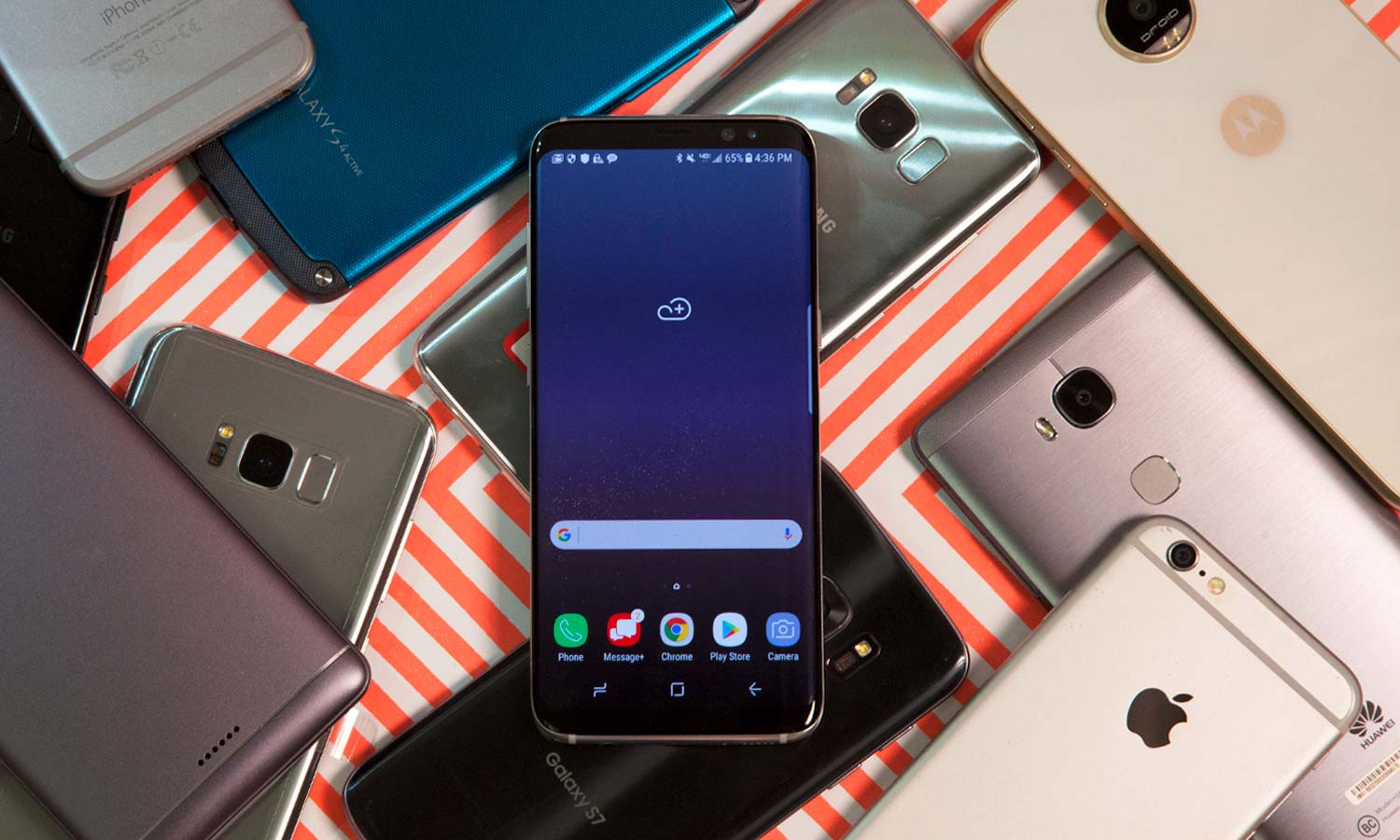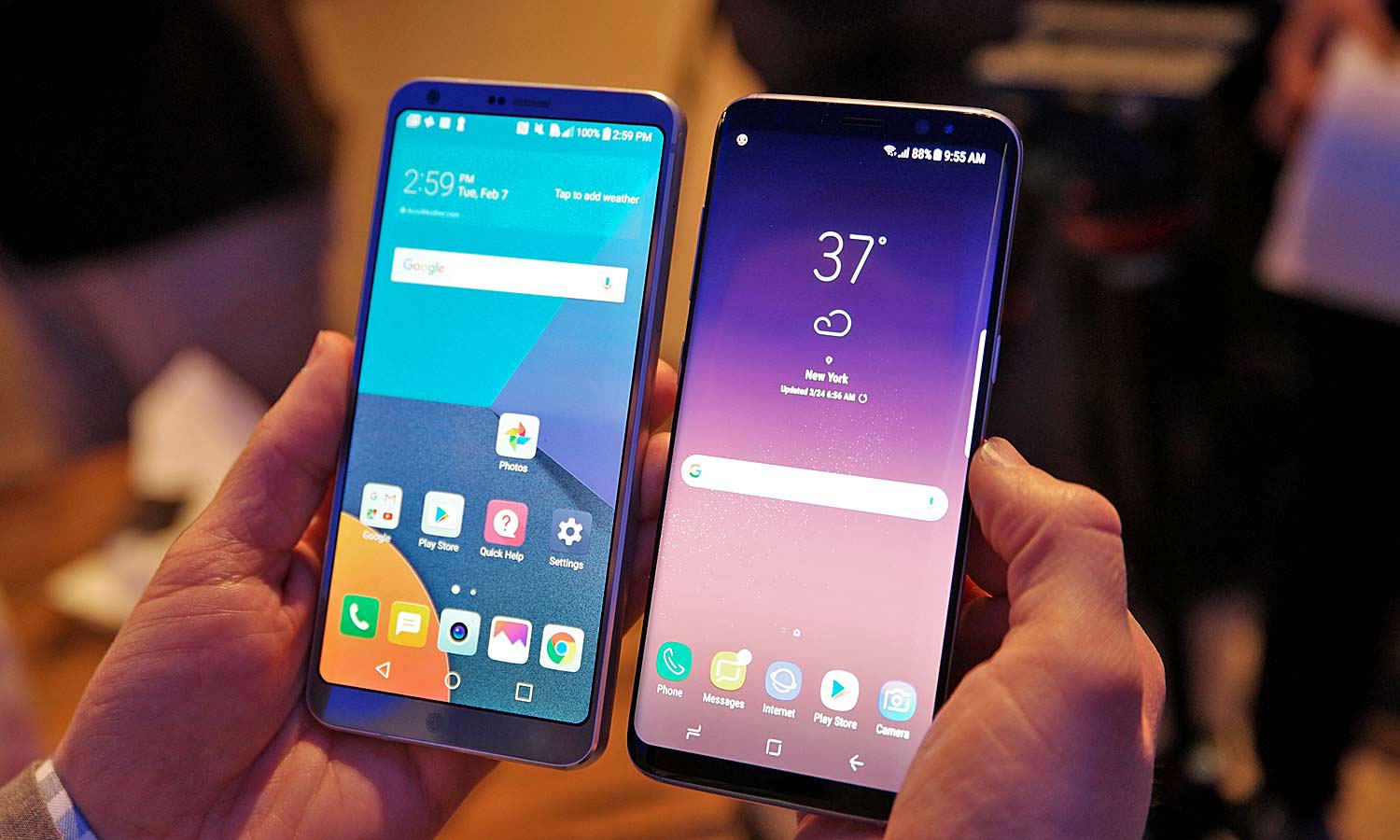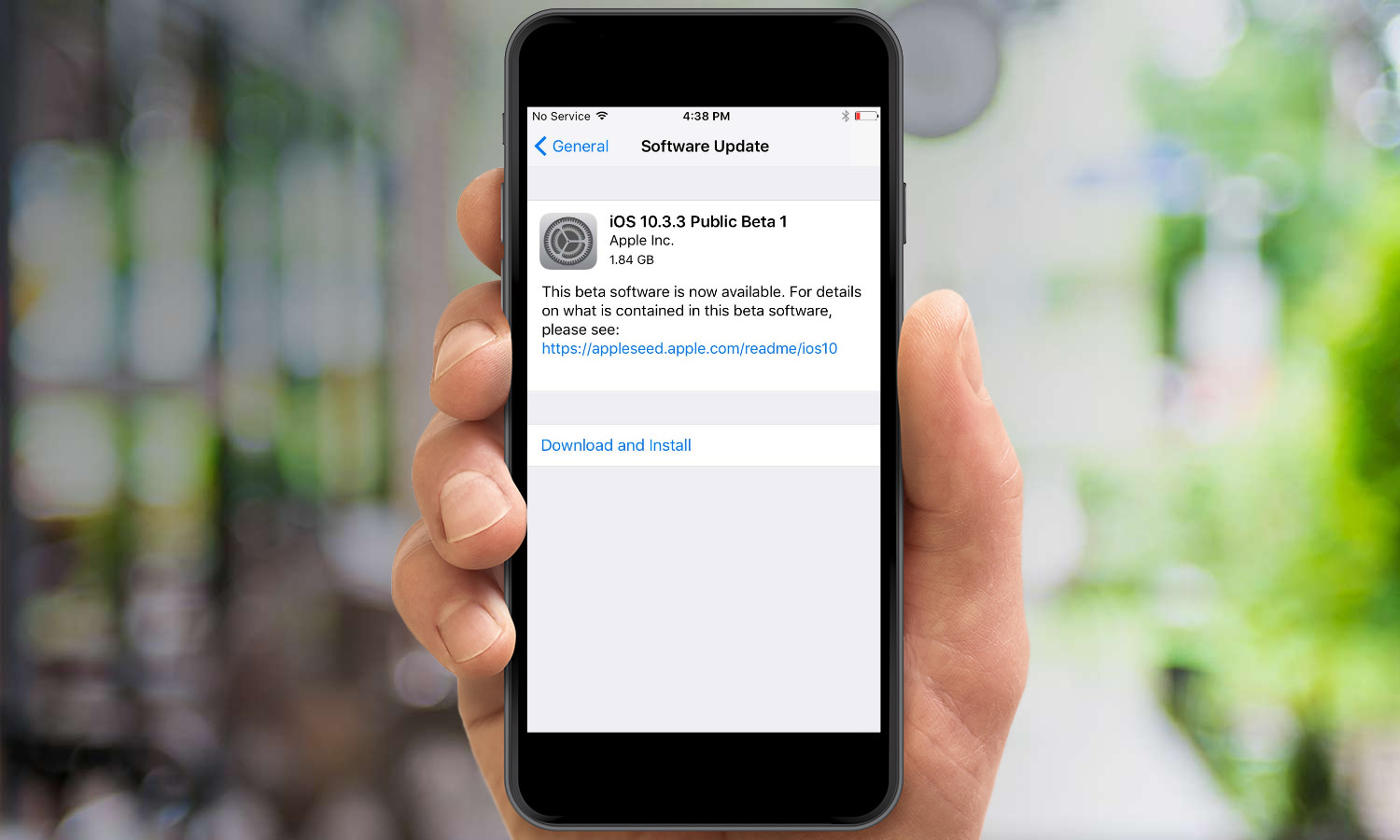How to Buy a Used Phone Without Getting Fleeced
10 Tips for Buying a Used Smartphone
It's getting more expensive to buy a top-of-the-line smartphone. Prices on the Samsung Galaxy S8 start at $750 — around $100 more than what the Galaxy S7 cost when it launched in 2016. And some rumors suggest that Apple's iPhone 8 might cost as much as a MacBook. Your wallet needs some relief from these escalating phone prices, and used smartphones may be just the way to find it.

Buying a good used phone is a great way to save some cash while upgrading to a better device. But it's not just about price; there are other factors to consider when shopping for a used smartphone.
Used vs. pre-owned vs. refurbished
First, you need to know exactly what you're buying, as different terms can describe various types of used phones. While different resellers have different standards for what qualifies as a used, certified preowned or refurbished smartphone, there are some general guidelines for what you can expect.
A used phone is likely coming directly from a private seller. At best, the site they are selling it on may offer some guarantees that the device meets the description and photos provided.
MORE: Best Cheap Phones for Less Than $200
Certified preowned devices offer a little more reassurance to the buyer, in that they underwent some testing to verify that they are functioning properly. As a result, the device should come with some kind of limited warranty. Amazon, Best Buy and Target are among the retailers that sell certified preowned phones.
Refurbished devices are held to the highest standard of the three categories, as they undergo software or hardware repair to return them to like-new functionality. You'll find refurbished offerings at retailers such as Best Buy, Amazon and Walmart. If you're looking for a refurbished iPhone, you can also go directly to Apple.
Now that you have an idea of what you're shopping for, here are the lessons I've learned after years of buying used smartphones (and making a few mistakes along the way). Regardless of what smartphone you're looking for, these tips can help you avoid potential pitfalls and walk away with a solid deal.
1. Know when to buy
If you're looking to get the most recent phone model as possible while maximizing your savings, the best time to buy a used smartphone is just after its successor comes out, which is when all of the early adopters sell the previous generation of their smartphones. (We saw that happen with the Galaxy S7, once the S8 arrived.)

While the dates for specific phone releases shift a little each year, the smartphone calendar is pretty set. Top Android phone makers such as Samsung, HTC and LG announce new flagship devices in early spring, followed by Apple, which rolls out its new iPhones in the fall. Other Android models — such as Google's Pixel, Samsung's Galaxy Note and LG's V series — typically debut later in the year, too.
2. Know your network, or buy an unlocked phone
One of the most important factors to consider when buying a used phone is to make sure the device will work with your carrier of choice. The easy way to do this is to buy directly from your carrier; most offer certified preowned and/or refurbished devices that will be guaranteed to work on that carrier. The trade-off is that you'll pay a bit of a premium.
MORE: We Rank the Wireless Carriers
If you don't go the carrier route, just be sure that the device you are buying indicates that it is compatible with, and ready to activate on, whichever carrier you choose. You can also opt for a multiband unlocked smartphone, which can be activated on any carrier. (Otherwise, you'll need to look for a GSM-capable phone for use on GSM networks such as AT&T and T-Mobile, or a CDMA-ready phone that will work on Verizon or Sprint.) Just consult the specs of whatever phone you're shopping for to confirm it supports all of the relevant network frequencies for your carrier, or you won't have optimal coverage.
3. Research prices
The next step is to figure out what the going rate is for your chosen smartphone. There's always some variability in used smartphone pricing, but you should be able to narrow it down by looking at a few sites, like Swappa, Glyde, eBay (search sold listings only) and Amazon. Just make sure that you are comparing apples to apples in terms of the general condition of the phone and what's included.
4. Know the return policy
Try to get your phone from a reseller with a rock-solid return policy.
If you don't buy from a carrier or phone maker, at least try to get your phone from a reseller with a rock-solid return policy. While most physical damage is easy to detect the moment you receive your phone, it can take a bit longer to spot malfunctioning hardware or software. So consider the return window when you're shopping for a phone, and once you complete the sale, make a note of the final day when you're allowed to return it, just in case.
5. Know your seller
When you buy your phone through a private seller on sites like eBay or Swappa, you need to determine if the person you're about to send hundreds of dollars to can be trusted. And unfortunately, you're usually basing that decision on a fairly limited amount of information.
eBay and Swappa provide some guidance, displaying how long the seller has been a member of the site, how many transactions they've completed, and how they've been rated by other buyers and sellers who've dealt with them.
6. Note the phone's overall condition
The phone's screen should be your primary concern when you're examining a used phone. Any chips or cracks are an immediate deal breaker, as replacing a screen is costly ($100 and up) and can indicate other problems with the device.
From there, you should look for any dents or significant abrasions that indicate a device has been dropped repeatedly. That could start to cause separation in the body of the phone or damage to the internal components.
If the phone passes these tests, it is really just a question of what kinds of minor scratches or abrasions you are willing to tolerate, and whether you are planning to use a case. It's worth considering that superficial damage can mean a lower price, and with a case covering the phone, you might not notice any cosmetic flaws in day-to-day use.
7. Check what you're getting besides the phone
The items included with the smartphone are not only a bonus; they can also give you valuable information about the seller. For example, if a seller has the original box, that's a great indicator that you aren't looking at a stolen device. If they include a case and/or a screen protector, the phone is probably in good physical shape. Getting the original charger for your device is also more important than it once was, as many Android phones support fast charging that will work only with compatible chargers.
8. Consider software updates
While the hardware on your smartphone remains the same as the day it was first sold, the software can — and should — continue to advance. For Android phones, the only manufacturer you can depend on for consistent software updates is Google, with its Nexus and Pixel devices.

At present, most Android devices run a version of the operating system that is a generation or two removed from Android Nougat. While new features may be optional, the monthly security updates should be priorities, and you should make sure that the manufacturer of the device you're buying doesn't fall more than a month or two behind with these updates.
Software updates are less of a concern for iPhones, as Apple typically supports its old hardware. Still, exercise some caution if you're looking at an iPhone that's more than a couple of years old. This fall's iOS 11 update will reportedly work only on 64-bit devices, meaning phones such as the iPhone 5 and iPhone 5c won't be able to run the latest software.
9. Consider battery life
The lithium-ion batteries that power smartphones lose a little of their capacity every day, so by the time they are 1 to 2 years old, they probably have only 80 percent of the original battery capacity, at best. Unless you're buying one of the few Android devices that still feature replaceable batteries, this could be a deciding factor if you are a heavy smartphone user or frequently away from a charger for 12 to 14 hours at a time. You can either turn to an external battery for use in emergencies, or you can pay to have the battery on your used phone replaced. That will add $70 to $80 to your phone's cost, though.
MORE: Smartphones with the Longest Battery Life - Tom's Guide
So you've gone through all the steps above and finally have the smartphone in your hands. If you have a return policy, the clock is ticking, so it's time to figure out if there are any hidden problems.
If you didn't obtain the smartphone from your carrier, this would be the time to verify that the device isn't stolen or carrier-locked. You can check by either contacting your carrier with your phone's IMEI number (typically found on the nano-SIM slot or in the About This Device section of your phone's Settings app) or by trying to activate the smartphone on your account.
Once you've passed that test, do a basic physical check of the phone to ensure that there aren't any surprises. Look over the phone, and move your hands around it, applying slight pressure to verify that there isn't any separation in the case or screen. Check the water indicator. (On most modern smartphones, this will be found in the nano-SIM slot.) If it's been triggered, you'll see a solid red or pink color.
If you search online for "service codes" and the manufacturer of your smartphone, you will find a series of numbers and symbols to enter in your dialer to open a diagnostic mode. You can run a series of checks here that will verify that the hardware and software on your phone are in good working order. Pay particular attention to the battery test or status that will display the number of cycles. When a smartphone battery pushes beyond 500 cycles, it is on borrowed time and will have lost fairly significant capacity.
- 9 Tips for Finding the Right Phone
- The Best Places to Buy and Sell a Used iPhone
- Here Are the 10 Best Phones Available

A self-professed "wearer of wearables," Sean Riley is a Senior Writer for Laptop Mag who has been covering tech for more than a decade. He specializes in covering phones and, of course, wearable tech, but has also written about tablets, VR, laptops, and smart home devices, to name but a few. His articles have also appeared in Tom's Guide, TechTarget, Phandroid, and more.
How to Buy a Used Phone Without Getting Fleeced
Source: https://www.tomsguide.com/us/used-smartphone-buying-tips,news-25127.html